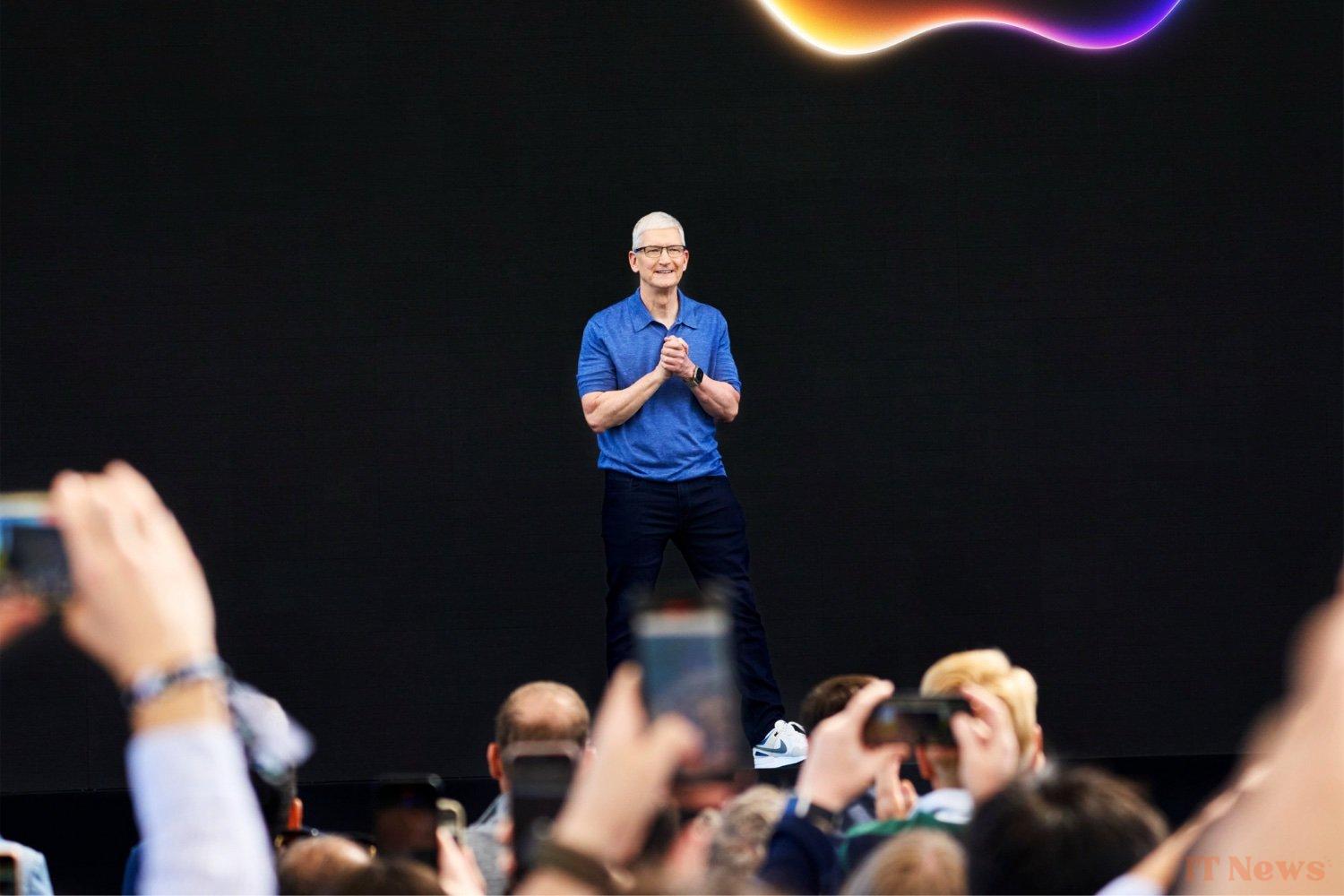A divine surprise: a truce was signed this Monday between the United States and China on the trade war front. Customs duties, which have climbed to astronomical levels, are now much lower: 30% on Chinese products imported into the United States, 10% for American products imported into China. This will be the case starting May 14 and lasting for 90 days.
What will happen next? The mystery remains. For companies, the chaos that serves as Donald Trump's economic policy is not good for business: they need stability above all else. This truce is welcome for everyone, but no one can say what will happen in three months.
Apple is therefore considering increasing the prices of the iPhone 17, according to the Wall Street Journal. The manufacturer can hardly put any more pressure on its suppliers to compensate for the Trump tariffs: the bill would therefore have to be presented to consumers... It remains to be seen whether this increase will be imposed worldwide, or only in the United States.
It would make sense that only American customers would be affected since it is the United States that imposes such tariffs. But Apple could just as easily smooth out the increase by applying it everywhere.
The WSJ also reports that Apple's management is not very keen on the idea of blaming the price increases on the Trump "tariffs." The White House flew into a rage against Amazon when rumors surfaced of a plan to display product pricing details on the online retail giant. There's no question of upsetting the Trump administration: they'll have to find other reasons to increase iPhone prices.
Tim Cook indicated during Apple's latest financial results that a majority of iPhones sold in the United States came from India. A country that pays less tariffs than China. The company's CEO also revealed that these tariffs would represent a loss of $900 million during the second quarter.
Source: WSJ



0 Comments